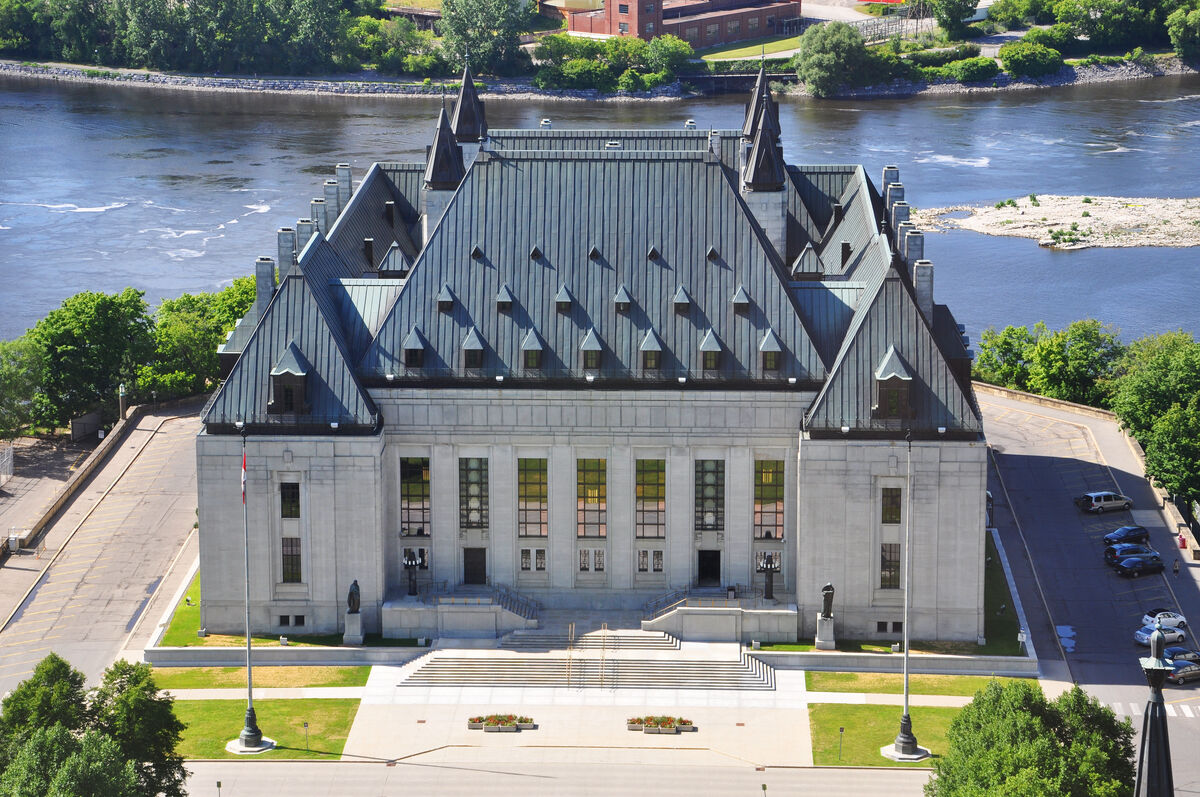Since the end of World War II in 1945, the number of independent states has significantly increased from 60 to almost 200. Several big changes during the 20th century, including decolonization and the collapse of the Soviet Union, caused the number of states to triple.
From the 16th to the 18th century, colonial empires seized as many territories as possible to gain power. In the 20th century, many of these colonies began to declare independence. They requested or demanded their independence to govern themselves as sovereign states. The number of states began to increase due to decolonization in Africa and Asia and peaked in the 1950s and 1960s. Even more states were created when the Soviet Union and Yugoslavia both dissolved in the 1990s. These two events lead to the creation of some 20 new states, accounting for more than 10% of the current number of states.
Decolonization is the political process by which a colony gains independence and sovereignty from its mother country.
A state is a territorial and political entity administered by a government. It has defined borders within which a population lives.
To better understand what a state is, you can watch the video What is… a State?.
A state is defined by certain criteria, such as defined borders. These borders include land, maritime zones and airspace (for air rights). This geographical border serves to determine the area within which the state can exercise its power, including imposing laws and rules of conduct. The entirety of the territory’s borders also defines the population that can be subject to the state’s authority.
A state can only exercise its power over the population residing within its territory. Similarly, no other state has authority over its people. This is known as state sovereignty.
International recognition is also one of the criteria. This means that most other states and international organizations, such as the United Nations, must recognize the legitimacy of the country. International recognition is not essential to create a nation, but it allows it to participate in international agreements and facilitates its relations with other nations.
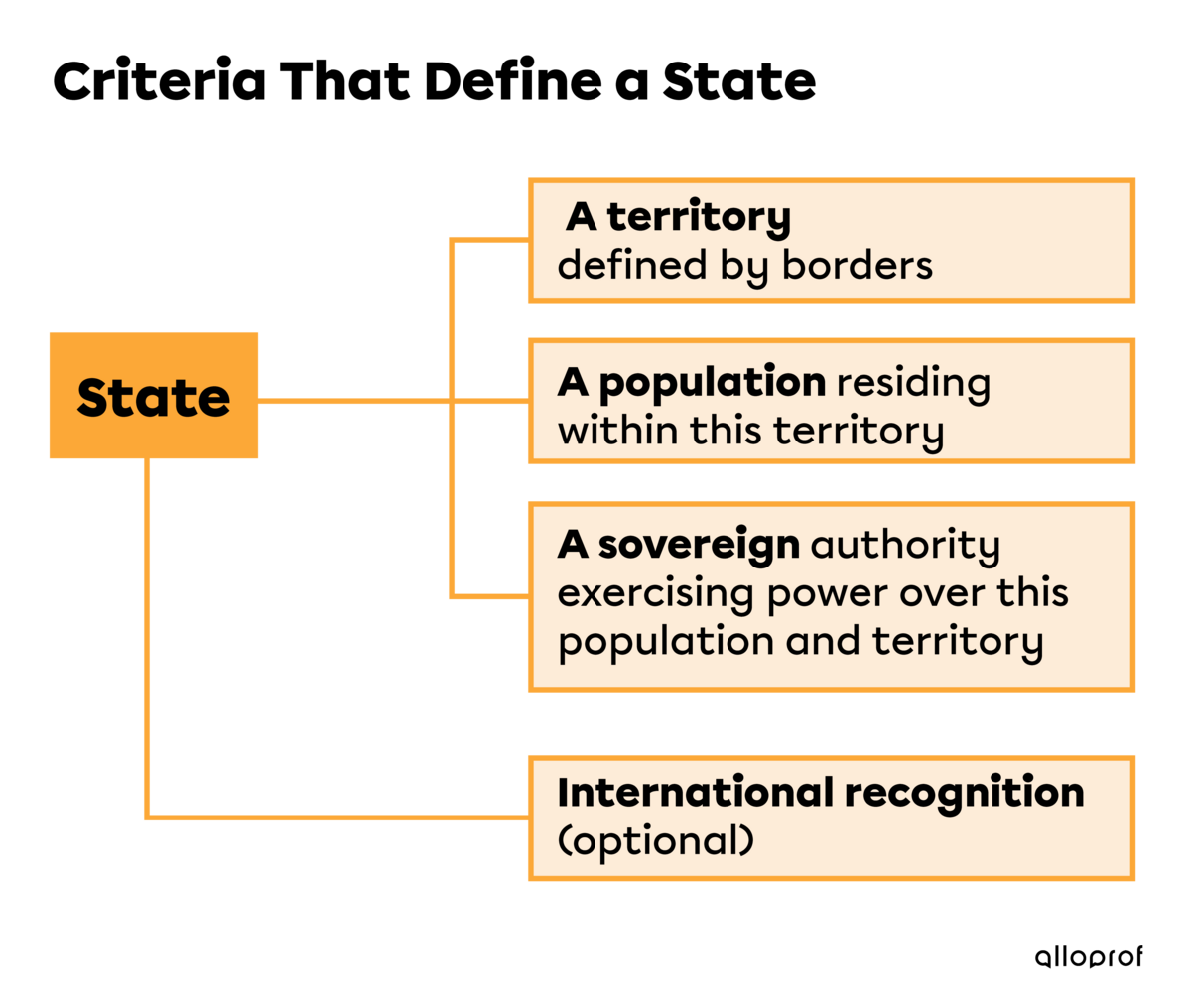
To qualify as a state, it must meet specific criteria, such as having a population, defined borders, a government and recognition by states.
Sovereignty is the absolute power of a state to govern itself by making its own laws and enforcing them within its territory. A sovereign state is independent, meaning that it cannot be controlled by any other state or institution.
To better understand what sovereignty is, you can watch the video Sovereignty and Interference.
Kosovo declared its independence in 2008 and it has borders, a population and a government. This makes it a state by definition. However, Kosovo is only recognized by half of the UN member states. Some members have not yet recognized it, such as its neighbour Serbia. Kosovo and Serbia were at war during the late 1990s. This war ended with Kosovo separating from Serbia, without its permission. Serbia still considers Kosovo to be one of its provinces and does not recognize this state’s sovereignty. To try to gain recognition as an independent state, Kosovo’s government imposed heavy customs duties on Serbian products. In this case, Serbia’s recognition of Kosovo as a state would ease relations between these two countries, at least from an economic point of view. Despite the fact that some countries like Serbia oppose its independence, Kosovo is still a state.
The terms state and country are often used interchangeably. Although they are similar terms, a country refers to the territory and the people who live there. It is more of a geographical term.
A state is also a territory where people live, but this term focuses more on the idea of authority and government. It is more of a political term. You could say that Canada is a country and a state. Just pay attention to the context to know which term to use. For example, the state signs international treaties, but the country stretches from the Pacific Ocean to the Atlantic Ocean.
Today, every democratic state has three branches of power:
-
legislative power
-
executive power
-
judicial power
These powers are shared by different institutions.
An institution is an organization governed by rules and laws that plays a specific role in society. Its role may be political, social, economic, religious, etc.
To better understand what an institution is, you can watch the video What is… an institution?.
The legislative power creates laws that help the state function. Before being enacted, a law is called a bill. In Canada, bills must be presented in the House of Commons where the members of Parliament, or MPs, meet. MPs are representatives elected to represent Canadians. Bills are usually presented by the MPs (representatives elected to represent the people) of the majority party, in front of the other elected MPs.
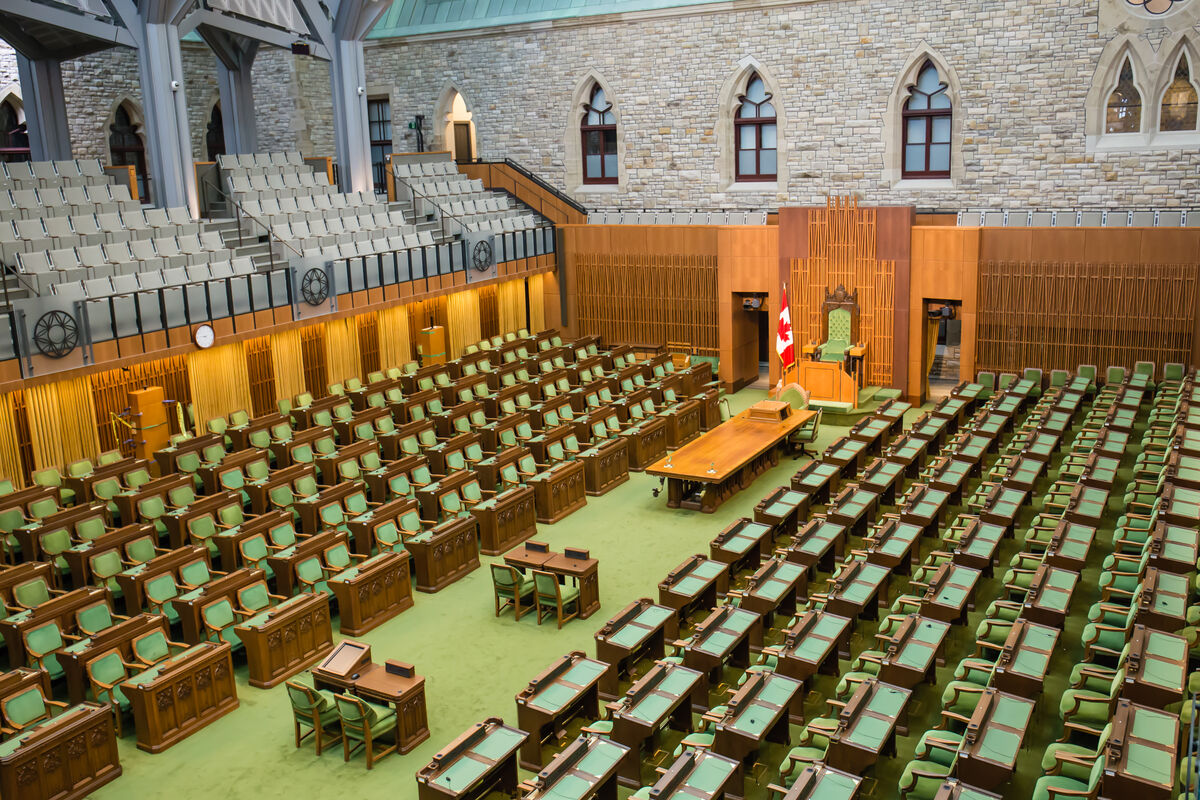
The place where Canadian members of Parliament meet.
Source : WorldStock, Shutterstock.com
Members of the Liberal Party (majority party) draft bills and present them to members of other parties such as the Conservative Party, the Bloc Québécois, the New Democratic Party and the Green Party. The bill is then submitted to legislative committees for debate. Legislative committees are committees created by the House of Commons for the sole purpose of studying or developing bills.
This means that a bill may be amended several times. When a bill reaches a consensus (agreement of the majority) in Parliament, it is approved by the executive branch and then becomes law. In Canada, Parliament represents the legislative branch and consists of the House of Commons (elected) and the Senate (appointed).
The executive power is carried out by the government. Its mandate is to implement and enforce the laws passed by the legislative branch (Parliament). The executive branch is very important, because if the legislative branch passes a bill to tighten environmental standards and the government does not implement it, the law is useless.

Justin Trudeau, élu premier ministre du Canada en 2015, dans la Chambre des communes.
Source: Prime Minister Justin Trudeau responds to a question during Question Period in the House of Commons Monday December 9, 2019, in Ottawa [Photograph], Wyld, A., December 9, 2019, The Canadian Press, (URL).
In Canada, the prime minister is the head of the executive branch, with the assistance of his cabinet, which is composed of ministers in charge of specific sectors, namely the minister of transport, the minister of finance, the minister of health, etc. The prime minister chooses ministers from among the elected members of the ruling party.
Canada is a constitutional monarchy, meaning that power is shared between two leaders. The prime minister is the head of government, while the United Kingdom’s monarch is the head of state. However, the monarch has limited power. In Canada, the Queen or King of England is represented by the governor general. The governor general gives royal assent to accept an Act of Parliament.
Parliament (legislative power) is made up of members elected by the people.
Government (executive power) consists of the prime minister and cabinet members, who are chosen from among the elected MPs of the majority party, namely the party in power
The judicial power is independent from the legislative and executive branches. Its job is to interpret and enforce the law and punish law breakers. The judicial branch is made up of various courts that determine whether laws comply with the Canadian Charter of Rights and Freedoms and with the various situations presented before them.
Unlike legislative and executive powers, the members of the judicial branch are appointed instead of elected.
In Canada, the governor general is responsible for appointing judges. However, the prime minister recommends candidates to the governor general. Despite this appointment, the judicial power is not accountable to the executive branch (the government). There are several different types and levels of courts as well as other judicial bodies. In Canada, the Supreme Court is the highest court.
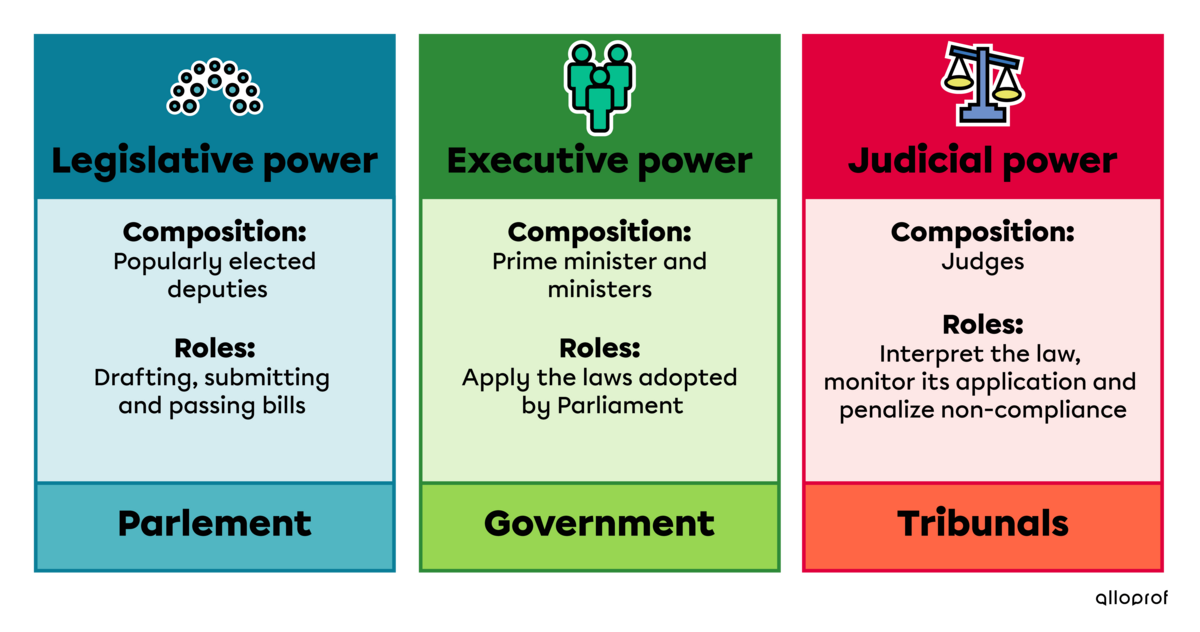
In Canada, the legislative, executive and judicial branches are divided among different institutions.
In a democratic state, the government does not hold all the power. It only has executive power.
However, in a dictatorship, the head of government controls all three powers.
Every democratic state has these three branches of power. While the institutions may have different names in different countries, the three branches play similar roles.
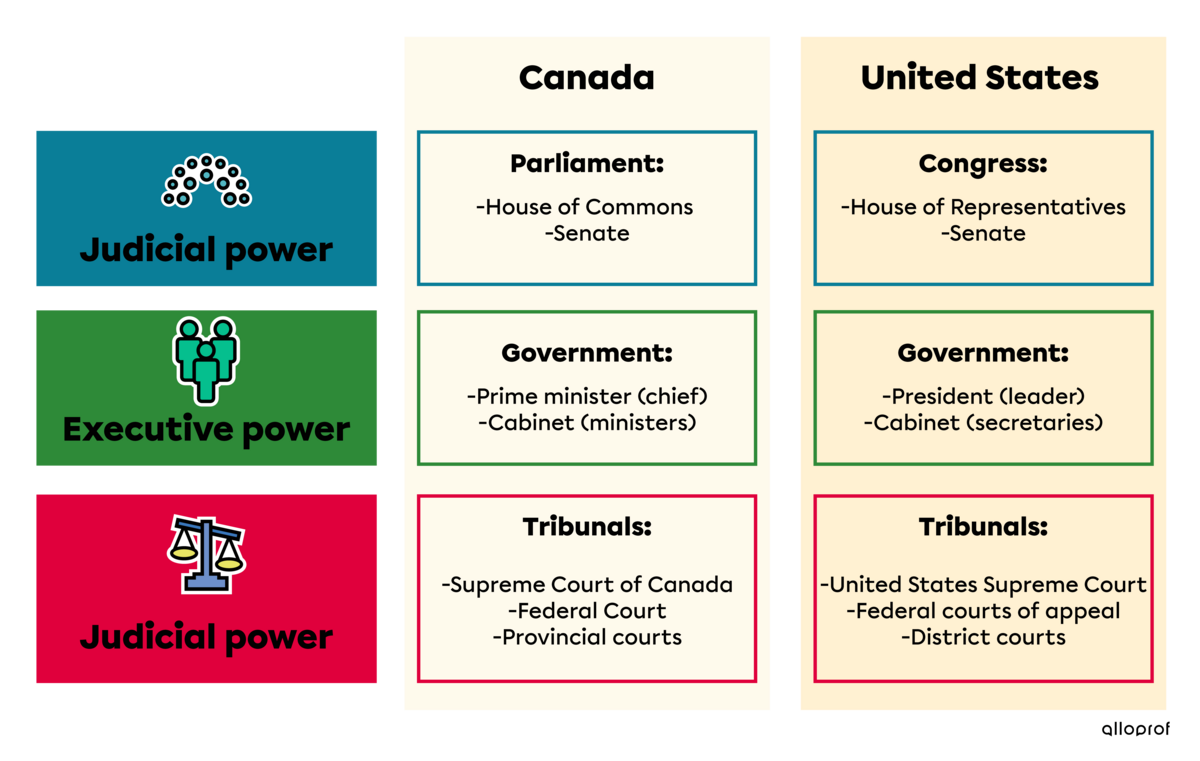
In Canada and the United States, the legislative, executive and judicial branches are governed by different institutions.
